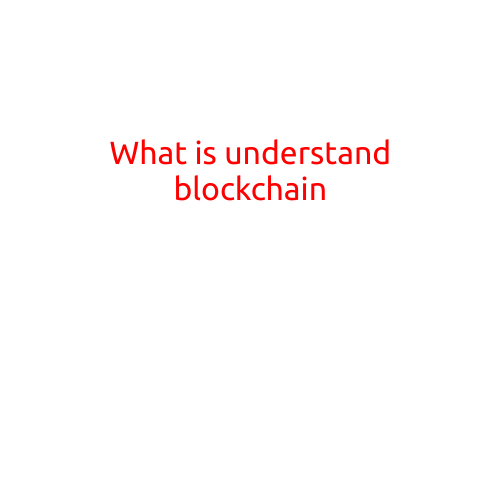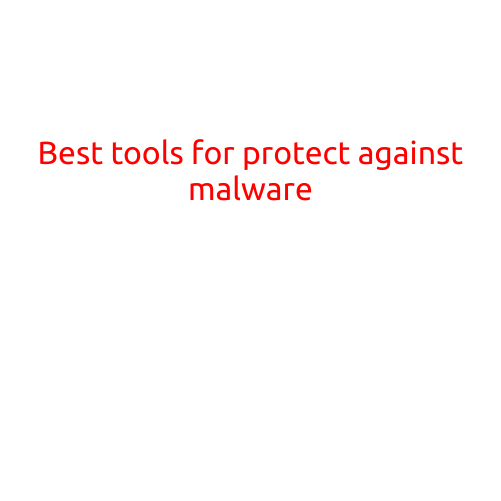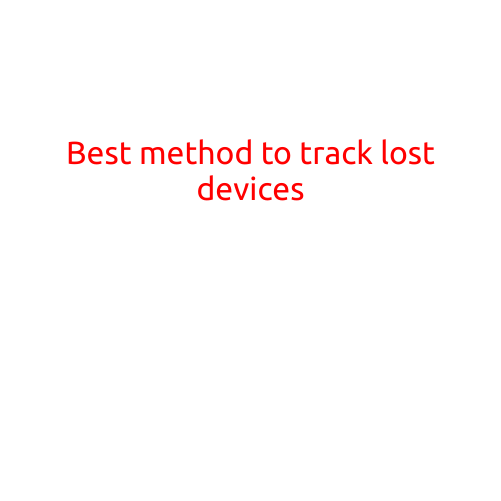
What is Understand Blockchain?
In recent years, the term “blockchain” has become a buzzword in the technology and financial industries. But what does it mean? Simply put, blockchain is a decentralized, digital ledger that records transactions across a network of computers. In this article, we will break down the basics of blockchain, its history, and its potential applications.
What is Blockchain?
Blockchain is a decentralized system, meaning that it is not controlled by a single entity or government. Instead, it is a peer-to-peer network of computers that work together to validate and record transactions. This is achieved through a complex system of algorithms and cryptography.
At the heart of blockchain is the concept of a “block,” a digital container that holds a set of transactions. These blocks are linked together through a “chain” of cryptographic codes, hence the name “blockchain.” Each block contains a unique code, called a “hash,” that connects it to the previous block, creating a permanent and unalterable record.
History of Blockchain
The concept of blockchain was first proposed by an individual using the pseudonym Satoshi Nakamoto in 2008. The first blockchain, Bitcoin, was launched in 2009 as a decentralized digital currency. Since then, blockchain technology has evolved rapidly, and its applications have expanded far beyond cryptocurrency.
How Does Blockchain Work?
Blockchain works through a three-step process:
- Transaction Verification: When a transaction is initiated, it is broadcast to the network of computers, which verify its validity using complex algorithms.
- Block Creation: Once verified, the transactions are grouped into a block, which is then added to the blockchain.
- Blockchain Update: Each computer on the network updates its own copy of the blockchain to reflect the new block, ensuring that all nodes have the same version of the ledger.
Benefits of Blockchain
The decentralized and transparent nature of blockchain has several benefits, including:
- Immutable Records: Transactions recorded on the blockchain are permanent and immutable, making them ideal for secure record-keeping.
- Decentralized Control: Without a single point of control, blockchain is resistant to censorship and tampering.
- Fast and Secure: Blockchain transactions are faster and more secure than traditional centralized systems.
Applications of Blockchain
Blockchain technology has the potential to revolutionize industries beyond cryptocurrency, including:
- Supply Chain Management: Blockchain can be used to track products from production to delivery, ensuring transparency and efficiency.
- Financial Services: Blockchain can streamline financial transactions, reduce costs, and increase security.
- Healthcare: Blockchain can help secure patient data and facilitate secure sharing of medical records.
Conclusion
In conclusion, blockchain is a decentralized digital ledger that has the potential to revolutionize the way we conduct transactions, manage data, and interact with each other. By understanding blockchain, we can unlock its full potential and create new possibilities for secure, transparent, and efficient systems. Whether you’re a seasoned tech enthusiast or just starting to explore the world of blockchain, this article has provided a solid foundation for understanding this exciting and rapidly evolving technology.





